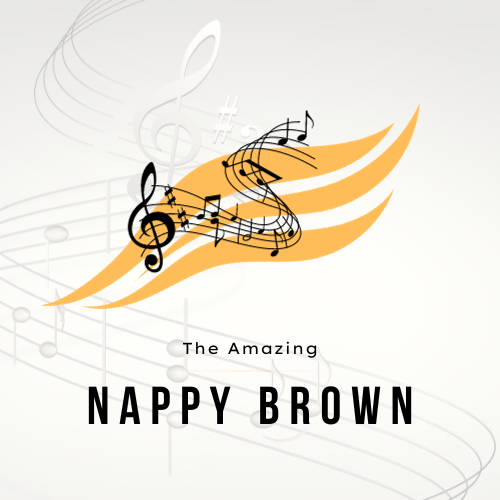Nappy Brown and his music at a glance
Nappy Brown was an American R&B singer who was known for his 1955 Top 40 hit “Don’t Be Angry.” Brown was known for his distinctively melismatic singing. He began his music career as a gospel singer. But when he moved to Newark, New Jersey he switched to R&B. In the 1950s, Brown’s career scored a lot of high-charting singles aside from “Don’t Be Angry”. Those hits included “Pitter Patter,” “Little by Little,” “It Don’t Hurt No More,” and “I Cried Like a Baby.” These were all released under Savoy Records.
He was among the few African-American artists to have captured the white audiences, besides Little Richard and Chuck Berry. He made a brief career return in the 1980s, due to the renewed interest in his music. He released another albumTore Up and conducted a successful tour in Scandinavia in 1984. Brown was inducted into the Blues Hall of Fame in 2002, and five years later his final albumLong Time Coming, was released to overwhelmingly positive reviews. He died on June 1, 2008 during his sleep. He was 78.
From a gospel singer to a secular artist
American R&B singer Nappy Brown was born Napoleon Brown Goodson Culp in Charlotte, North Carolina on October 12, 1929.
Early in his youth he had begun singing first gospel, and then secular R&B/blues later on. He used to front a gospel group called the Heavenly Lights, who by then were also artists on Savoy Records, which was based in Newark, New Jersey. Already he was recognized for big, stentorian and melismatic* singing voice.
In 1954, Savoy’s honcho Herman Lubinsky encouraged and persuaded the big-voiced singer to enter a secular singing career. Brown launched his own solo career on Savoy much later, releasing his first single there with “Is It True,” which was brimming with nothing but the blues.
Shooting to fame with “Don’t be Angry” and other hits
But it was his second single “Don’t Be Angry” (1955) that helped Brown to achieve his breakthrough commercial success. The song was co-written by Brown, Rose Marie McCoy and Fred Mendelsohn, and highlighted Brown’s instantly noticeable “li-li-li-li-li” as part of his vocal maneuvers. It peaked at #25 on the Billboard pop singles chart, and almost went to the top of R&B singles chart.
Brown’s other few hits include 1955’s “Pitter Patter” (#10 R&B), 1957’s “Little by Little” (#57 pop), 1958’s “It Don’t Hurt No More” (#89 pop, #8 R&B) and 1959’s “I Cried Like a Baby” (#22 R&B). Few of his songs, particularly “Don’t Be Angry” and “Open up That Door” were spiced by the rocking horns from blues saxophonist Sam L. Taylor (aka “The Man”).
Brown, along with peers like Little Richard, Chuck Berry and Fats Domino, were among the first black musicians to be embraced not only by the their fellow African-Americans, but by the white audiences as well. Though after his last charting hit “I Cried Like a Baby” in 1959, Brown gradually faded away from the limelight.
Career comeback
In the 1980s, Brown seemed to rise from the dead by making a comeback, thanks to the renewed interest in early R&B. His old records began to get re-released especially in Europe. In 1984, Brown released a new album on Landslide Records titled Tore Up, his first in fourteen years.
He later released some particularly fine material on Black Top label before releasing his final album Long Time Coming, which was recorded and released in 2007. It garnered astoundingly positive reviews. The album featured his collaboration with guitarists Sean Costello, Bob Margolin, and Junior Watson as well as baritone saxophonist Joe Sunseri.
After suffering bouts of illness, Brown died in September 2008, aged 78. He was inducted into the Blues Hall of Fame in 2002.
